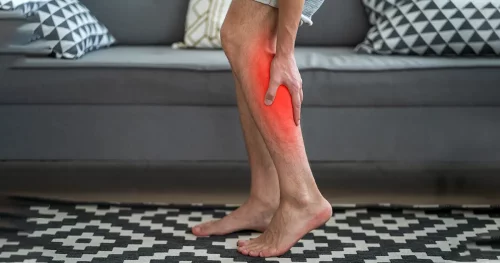If you’re getting into hiking, you might be trying to find out how to treat sore calves after a hike. While hiking has a huge amount of benefits, the downside is you may feel pretty achy after a challenging trail.
There are a few things you can do to treat sore calves. We’ll give you some prevention tips, recovery ideas, and some recommendations for decent hiking footwear.
Table of Contents
How to Treat Sore Calves After a Hike
Before we get to treatment, let’s talk about prevention!
Preventing Sore Calves
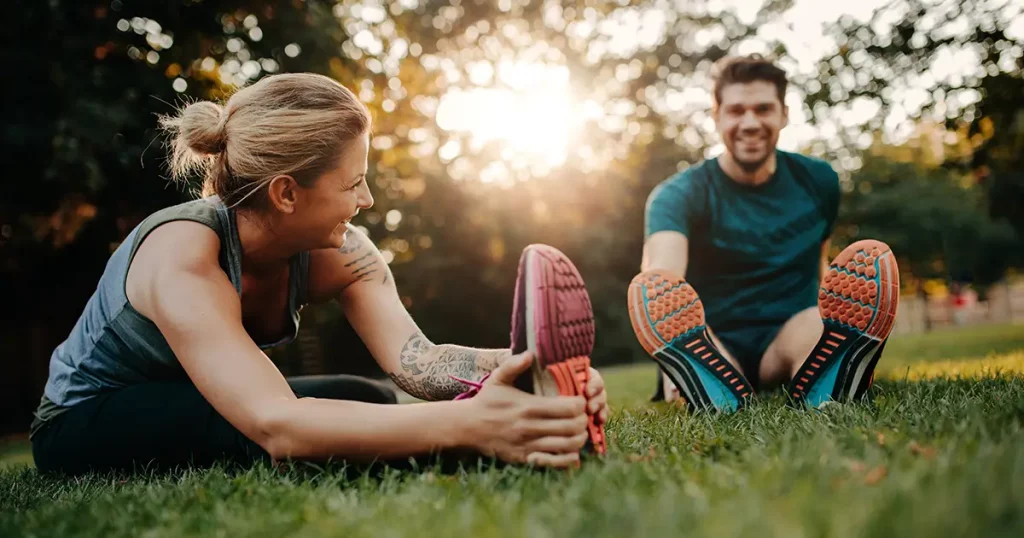
You may not be able to completely prevent sore calves, but you can try to reduce the severity by taking a few steps before and during a hike.
First, make sure you do some stretches (both, before and after a hike). It only takes a few minutes, but it can make the world of difference. Stretching properly can help to prevent injuries, so it’s worth doing.
The other thing you can do is to drink a lot of water. Drinking small amounts regularly on the trail, (and plenty afterward) can prevent dehydration. Dehydration pulls fluid from the tissues in your muscles, making them sore and achy.
Investing in a good water bottle can make a big difference. We like the XACIO 32oz Water Bottle as it has timing markers, which is a neat way to make sure you drink enough throughout the day.
Foam Rollers
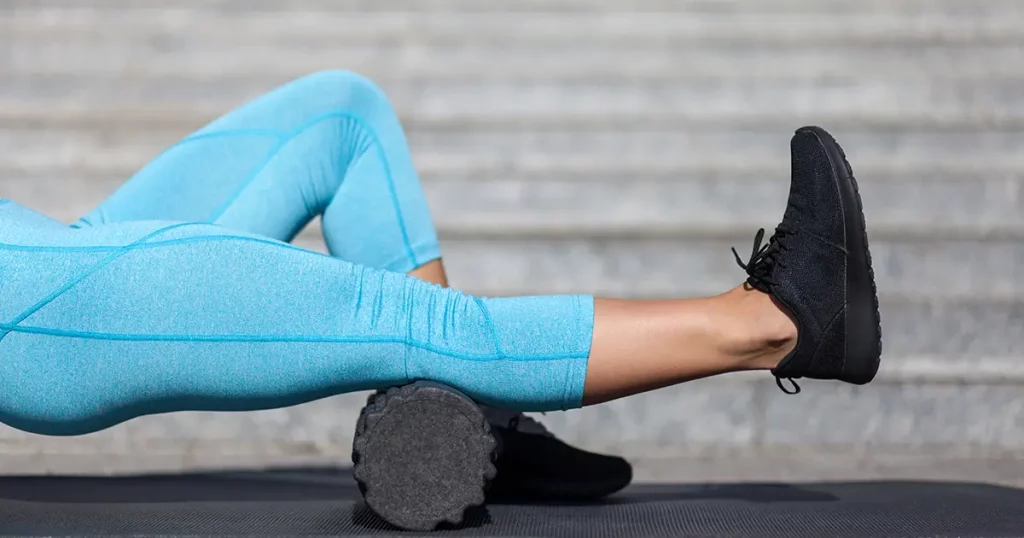
After a hike, you can treat your sore, achy legs with foam rollers. Using these is a little like getting a massage – it helps your sore muscles to relax. If you want to go gently to start with, we’d recommend a smooth roller, like the LuxFit Foam Roller.
If you’d rather have a deeper massage experience, choose a foam roller with grooves. We like the 123 STRONG Foam Roller. Using these can feel pretty intense, so you may need to start gently.
To use a foam roller, roll it over your sore muscles for 5-10 minutes after a hike. (If you like you can do this before a hike too if you wake up that morning with stiff legs.)
If you encounter an area that hurts a little more, it may need extra attention. Press the foam roller into the area for enough time to take several breaths.
Water Treatment
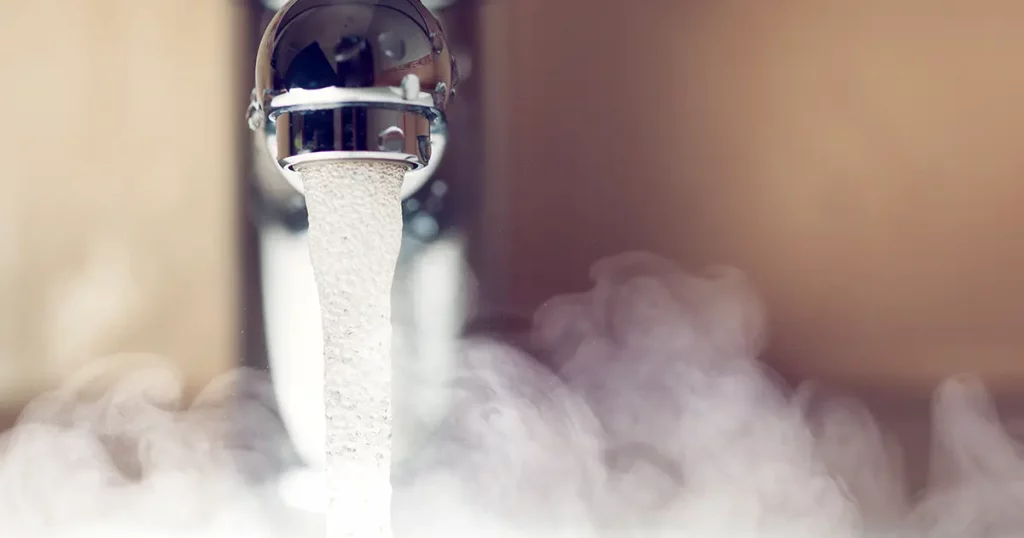
One of the easiest treatments for sore muscles is a long soak in a warm bath. The warmth will allow your muscles to relax. For added relief, use bath salts like these magnesium bath salts, which will help your muscles to recover more quickly.
Magnesium

Taking magnesium supplements, in some form, can help with muscle aches. This is because magnesium can act as a natural calcium blocker, allowing your muscles to relax. (It also has a whole host of other benefits too, including maintaining healthy brain function and possibly lowering blood pressure.)
You can take magnesium capsules with water, which is an easy way to use them. Or you can use magnesium powder, which will dissolve in water to create a flavored drink.
If you’d rather not take supplements orally, you can use magnesium spray, which you can spray onto your sore calves. Some people find this gives them instant relief. It can also help if you struggle to sleep at night.
Make sure you stick to the guidelines on the packaging and check with your doctor if you’re unsure.
Active Recovery
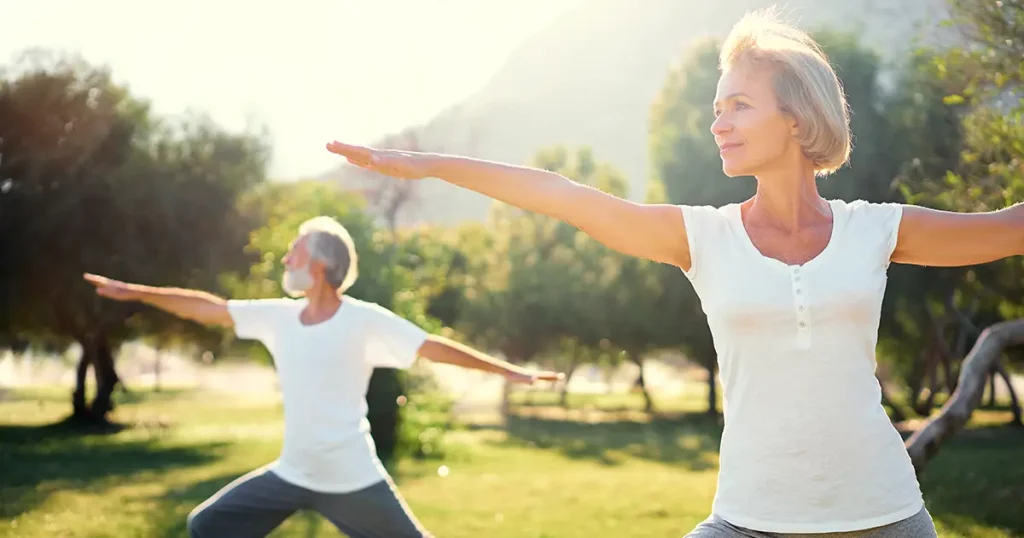
While it’s tempting to stay away from exercise when you have sore calves, it’s a good idea to keep moving, as this will aid your recovery. Gentle exercise like swimming or yoga is a good choice. If you’re suffering with deep muscle aches, make sure you give yourself a bit of a break before you attempt your next hike.
What Causes Sore Calves After a Hike?
Sore calves are pretty common after hiking. It’s excellent exercise, giving you a complete lower body workout. However, it can cause a lot of aches and pains. This is because as you walk, your body will be breaking down glucose, creating lactic acid. This can build up in certain spots, which is what causes pain.
Footwear and Sore Calves
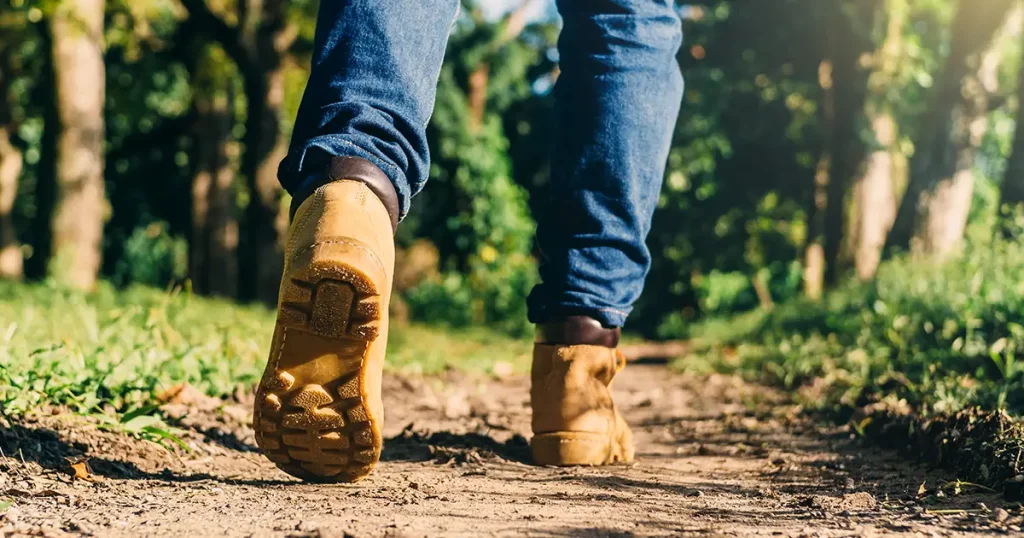
Decent footwear can make a huge difference. Not only will good hiking shoes keep your feet safe, but they can also help prevent aches and pains in your calves. The key thing to look for is a decent fit. If your shoes are too loose or too tight, your feet will have to work harder than usual, which can cause aches over your whole body.
If you have specific sizing needs, you can find different fit options, like hiking shoes for narrow feet, and hiking shoes for wide feet.
There are a few different types of hiking shoes to choose from:
Hiking Boots
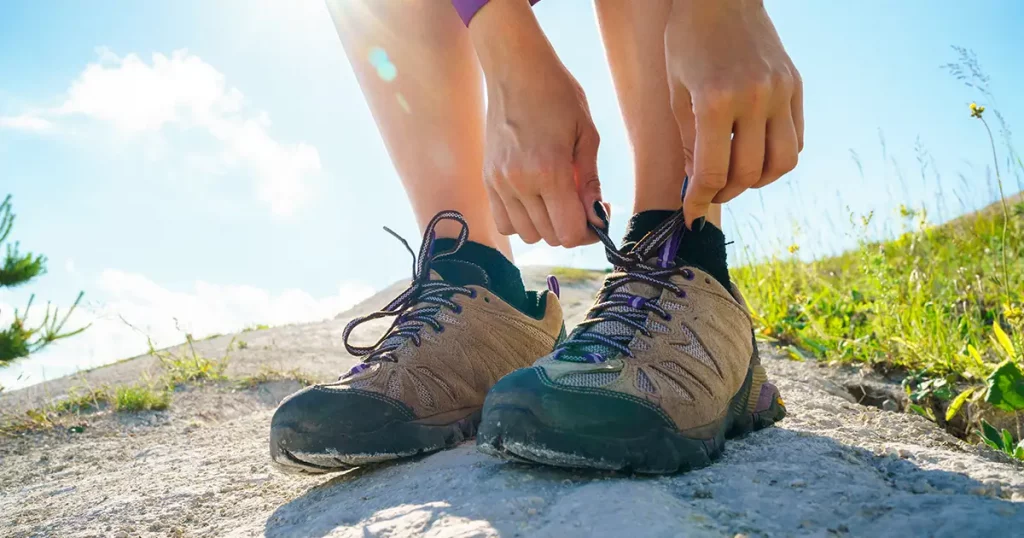
A popular choice, hiking boots are super protective. If you want to hit tougher trails, these are the ones to go for. Hiking boots are a great choice for cold weather, too, especially if you go for a pair with extra insulation. They may also be waterproof, which is excellent if you’re hiking in tricky weather conditions.
For men, we’d recommend the Timberland Men's White Ledge Mid Waterproof Hiking Boot. They have amazing grip, and they’re waterproof too. For women, you can look at the Columbia Newton Ridge Hiking Women's Waterproof Boots. They’re comfortable, durable, and waterproof.
Try Hiking Shoes
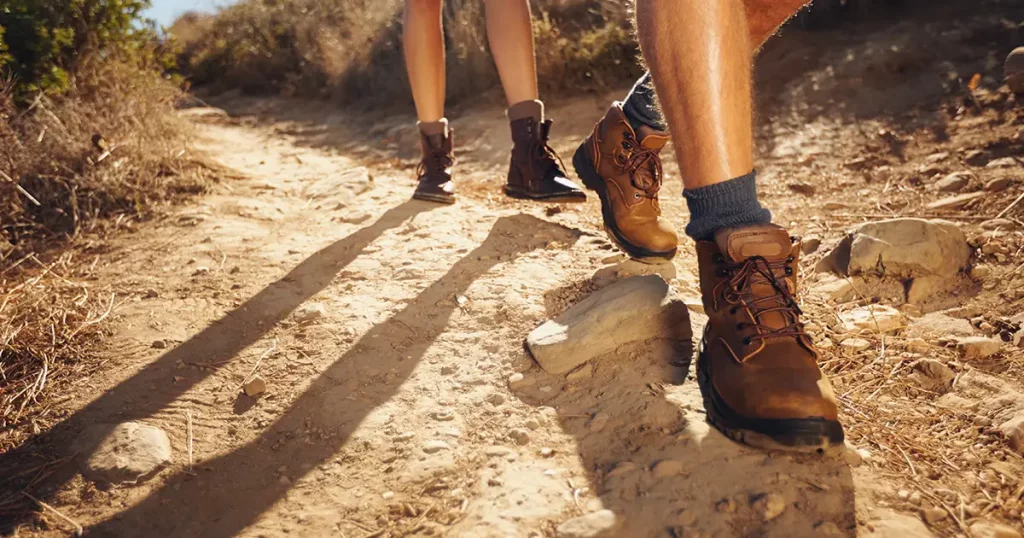
Hiking shoes are a good middle ground. They’re similar to sneakers but much more durable. If you don’t like the process of breaking in hiking boots, you might prefer to go for these ones.
We’d recommend looking at the Columbia Men's Crestwood Hiking Shoe. They’re very comfortable but still durable and protective. For women, check out the Jabasic Women's Hiking Shoes. They’re also comfortable and durable.
Hiking Sandals
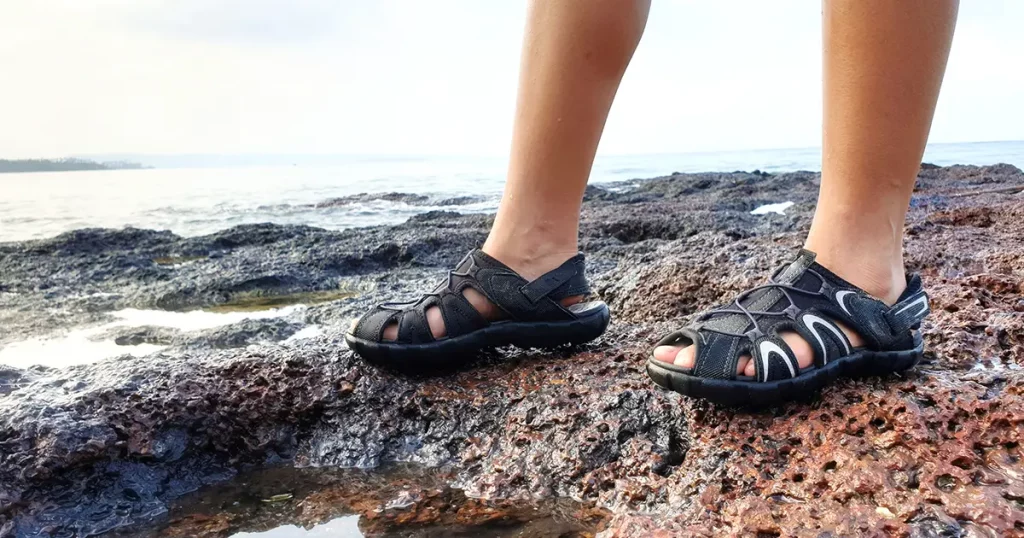
Hiking sandals are the best choice if you’re hiking near water, or in very hot weather. They will allow your feet to breathe, while still protecting your toes and the soles of your feet. They dry quickly, which means you can get them wet with no worries.
For men, check out the Chaco Men's ZVolv 2. They are incredibly comfortable! For women, you could go for the KEEN Women's Whisper Sport Sandal. They’re also very comfortable and durable, too.
Frequently Asked Questions
Before you go, here are some commonly asked questions:
Can I hike if I have flat feet?
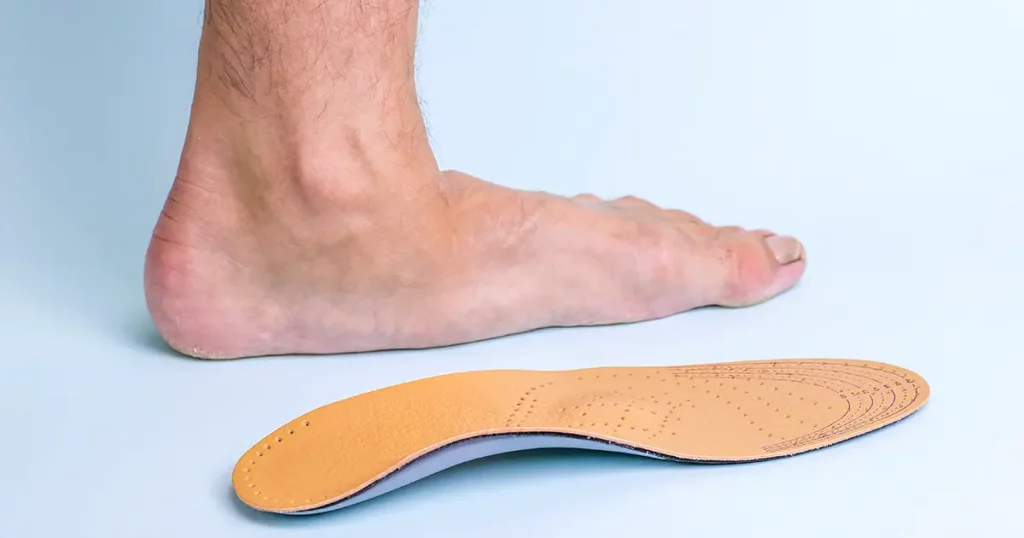
Yes! Having flat feet can be a challenge, as it means you may have to look for shoes with extra arch support. But with the right pair of shoes, you can tackle any trail. You can check our guide to hiking shoes for flat feet for some great recommendations.
Are there any other options for treating sore calf muscles?
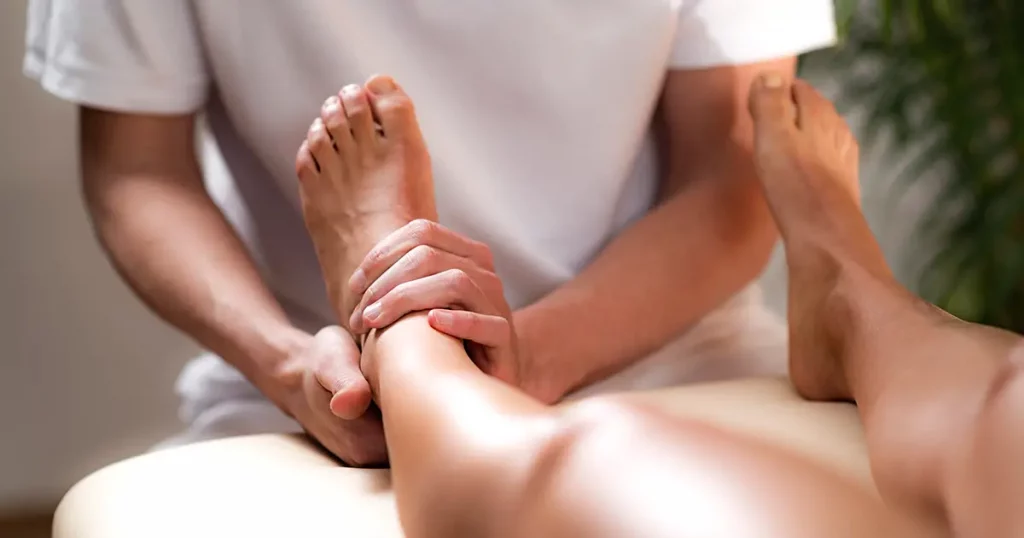
The other option is to get a massage. This is excellent if you’re struggling with sore muscles, and it can offer some relief. However, this is a pricey option, so you may want to try treating your sore calves at home first.
How can I tell if I have pulled a muscle?
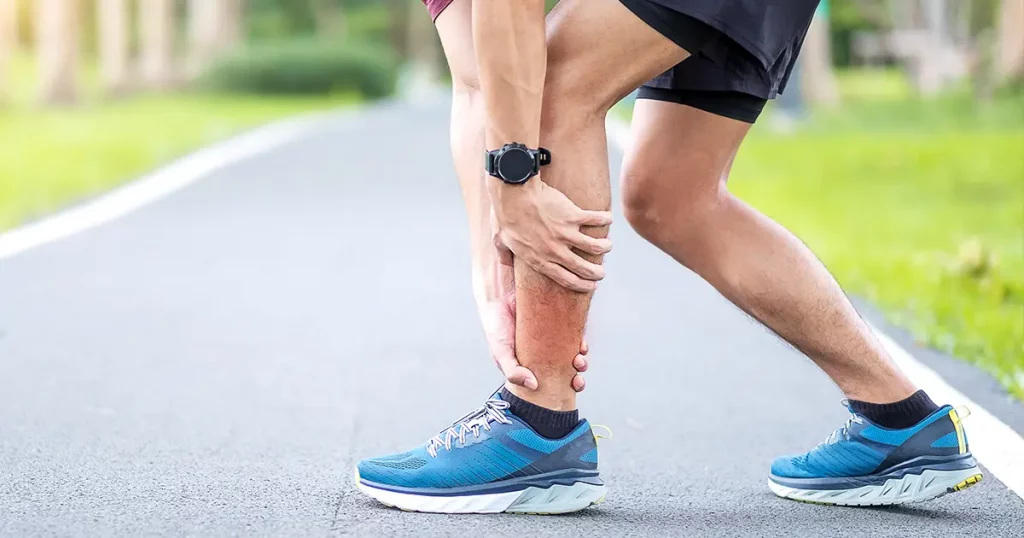
You’ll probably be able to tell if you have pulled a muscle by the pain. It can be very painful to pull a muscle, and you may find it hard to tense your muscles. You may even notice a snapping or popping feeling after movement. You may also have swelling or bruising, and difficulty bending your knee.
It’s a good idea to see a physician if you think you’ve pulled a muscle.
To recover from a pulled muscle, use the RICE method, which is as follows:
- Rest – stop all exercise until you have recovered
- Ice – use an ice pack or cold compress for 20 minutes at a time, at 2-hour intervals
- Compression – use a compression bandage on the pulled muscle
- Elevation – elevate the injured area. If you can, elevate it above your heart level.
Does hiking give you big calves?
It can give you bigger calves, yes, but not as much as you may think. A body builder’s calves, for example, will be very developed and defined. Hikers may have slightly bigger calves than people who don’t hike because they will be building strength in those muscles over time.
Our Final Thoughts
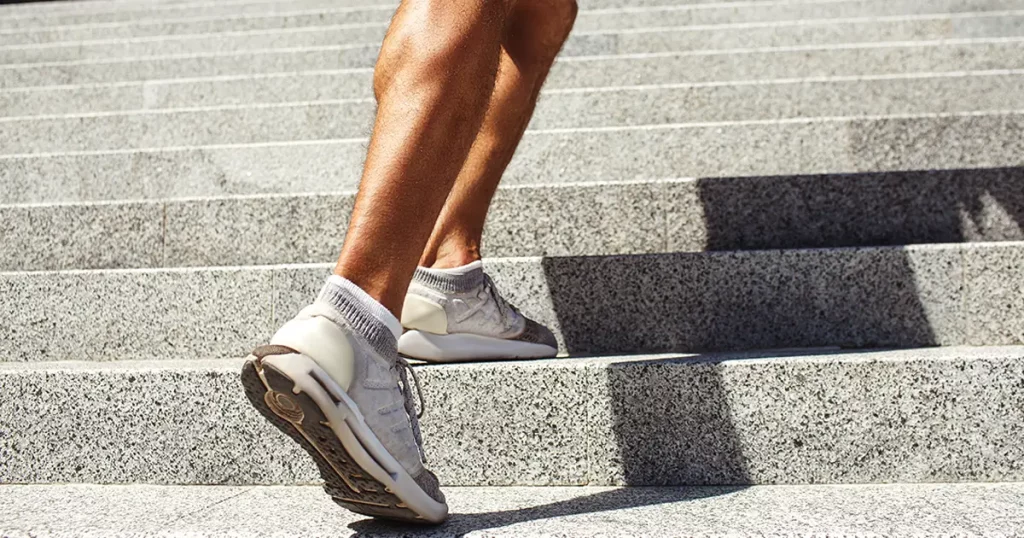
We hope this has helped you to recover your sore calf muscles! The most important thing to remember is to take things slowly. If you’re new to hiking, don’t jump into the steepest trails straight away. Give your body a chance to build up strength and endurance, and you’ll soon be able to tackle harder routes.
